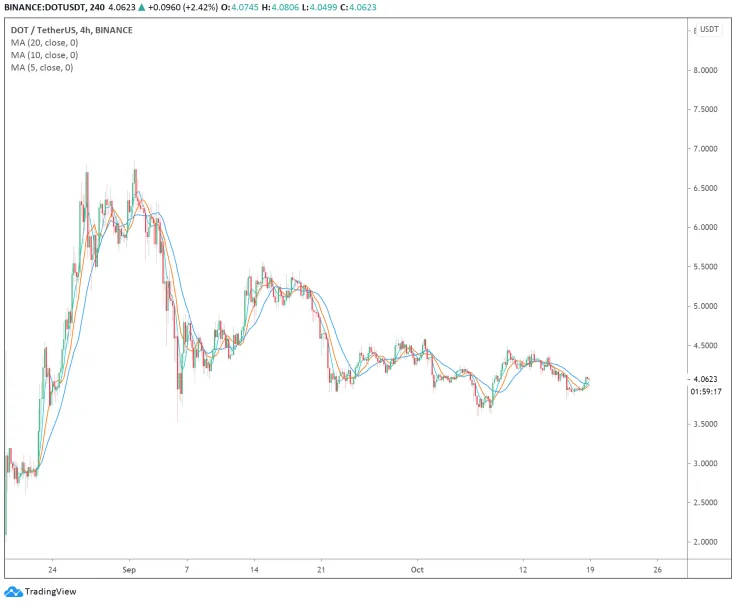
Disclaimer: The opinions expressed by our writers are their own and do not represent the views of U.Today. The financial and market information provided on U.Today is intended for informational purposes only. U.Today is not liable for any financial losses incurred while trading cryptocurrencies. Conduct your own research by contacting financial experts before making any investment decisions. We believe that all content is accurate as of the date of publication, but certain offers mentioned may no longer be available.
A recent Bloomberg article described Polkadot as the “Ethereum killer.” Albeit the fit depiction, venture capitalists and cryptocurrency industry executives believe Polkadot and Ethereum are not competitors.
Polkadot was created by Gavin Wood, the co-creator of Ethereum who served as its first chief technical officer. Analysts often draw the comparison between Polkadot and Ethereum because of Wood and since they both are smart contract protocols.
The primary difference between Polkadot and Ethereum is that the former is a protocol that has multiple blockchain networks. Structurally, Polkadot is significantly different from Ethereum and it focuses on scaling.
Ethereum and Polkadot Can Co-exist
While some view Polkadot as a competitor to Ethereum, industry executives are adamant that both protocols can co-exist.
Kelvin Koh, a managing partner at Spartan Group, said:
“I believe in a multi-chain world inter-connected by bridges. Polkadot and Cosmos will not replace Ethereum. Also wouldn’t rule out chains like Near, Solana, AVA, TRON, and others seeing development activity.”
Advertisement
Since Polkadot operates in a multi-blockchain ecosystem, it can provide decentralized applications and developers a different environment than Ethereum.
Whether that puts Polkadot in direct competition with Ethereum remains unclear. Some investors, including Pantera Capital Management founder Dan Morehead, described it as a competitor. He said:
“Polkadot is only trading at 10% of the value of Ethereum. And our theory is that it has a much higher than 10% chance of being a competitor to Ethereum.”
In recent months, the number of decentralized applications on Polkadot has rapidly surged. Although it is far from Ethereum, there are 253 projects already on the blockchain protocol.

Polkadot Developer Activity is Rising Rapidly For Now
As the number of decentralized applications grew, the developer activity on Polkadot naturally grew.
According to a report from Outlier Ventures, Polkadot recorded a 44% increase in developer activity growth in the second quarter. The report reads:
“Polkadot (+44%) and Cosmos (+15%) saw substantial developer activity growth. This increase is likely due to protocols abandoning proprietary chains in favour of battle-tested solutions in a post-COVID market with a reduced R&D budget. Polkadot in particular launched its mainnet at the end of May 2020, garnering increased interest from external developers.”
Historically, the developer activity of a blockchain network has been a reliable predictor of the underlying cryptocurrency’s market valuation. At least in the short to medium term, the high developer activity on Polkadot is a positive growth factor for the cryptocurrency.
Polkadot is growing quickly and is catching up to Ethereum. It has advantages over the dominant smart contracts protocol and has the allure of fast scaling. But, whether it could be considered as an “Ethereum killer” is a different narrative. Although it is in direct competition, the structural differences suggest both blockchain networks can co-exist and prosper alongside one another.
 Dan Burgin
Dan Burgin Vladislav Sopov
Vladislav Sopov U.Today Editorial Team
U.Today Editorial Team